- Elizabeth Larson
- Posted On
Track chair now available at Prairie Creek Redwoods State Park for visitors with mobility challenges
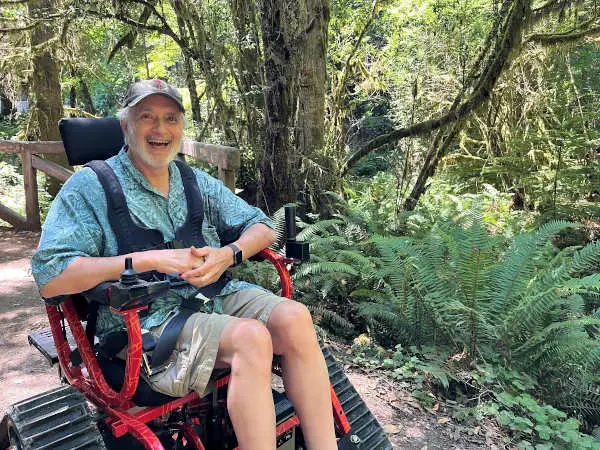
CRESCENT CITY, Calif. — Redwood National and State Parks and Redwood Parks Conservancy are excited to announce the arrival of a new Actiontrack electric all-terrain track chair to assist visitors with mobility challenges in exploring the trails and grandeur of the old growth redwood forests of Prairie Creek Redwoods State Park.
This new chair has been made possible thanks to a partnership with David’s Chair Outdoor Mobility Systems (David’s Chair) a 501 (C)3 nonprofit organization whose mission is “to enrich the lives of mobility impaired people with independence and freedom by empowering them to engage in outdoor activities they previously were unable to, free of charge.”
This track chair can be used on designated trails within the park. The new track chair at Prairie Creek Redwoods State Park will allow visitors to explore areas of the park in new ways, often on trails that are not suitable for regular wheelchairs.
Steve Mietz, Redwood National and State Parks superintendent, remarked that “by providing a track chair to be used for free by visitors, we are working to ensure that the incredible recreational experiences found within the park can be enjoyed by everyone, removing barriers to allow everyone to experience the majesty and solitude of the redwood forest independently.”
The track chair is available at Prairie Creek Visitor Center free of charge. The chair is reservable online for three-hour blocks, starting from 9 a.m. to noon and again from 1 to 4 p.m. To reserve a chair, visit https://www.redwoodparksconservancy.org/permits/davids-chair.
The track chair based out of Prairie Creek Visitor Center is the first location in California where David’s Chair has a permanent location for one of its chairs.
Resident David Hartrick was diagnosed with Amyotrophic Lateral Sclerosis, or ALS.
An avid hunter and fisherman, Hartrick immediately began searching for a way to enjoy the outdoors in the confines of a wheelchair.
With the help of CEO Steve Furst, the pair discovered Action Trackchairs and raised enough money to buy one. Hartrick recognized he wouldn’t be able to use it for long and dreamed of others benefiting from the chair as well; shortly after, the nonprofit David’s Chair was born.
Hartrick passed away on Jan. 11, 2018, just 11 months after his ALS diagnosis. However, David’s Chair continues to give the gift of independence and freedom to people with ALS and other mobility challenges.

CEO and Founder Steve Furst said, “We are proud to place one of our track chairs at Prairie Creek to ensure that visitors with mobility challenges can enjoy the beauty of the Redwoods.” We could not have found a better location for our first track chair in California. Working with the many people and organizations to make this happen has been amazing and we hope to add more locations in the future.”
The track chair arrived at Prairie Creek last Monday, and within less than an hour after its arrival, David Echt visiting from San Rafeal, California, was the first visitor to take the chair out to explore the redwoods.
“I was once an avid hiker and have backpacked throughout the Sierra Nevada mountains before being diagnosed with multiple sclerosis (MS) at 35 years old,” he said. “I have lived with MS for half my life. This chair gave me freedom I haven’t had for many years.”
The partnership with David’s Chair would not have been possible without the direct support of Redwood Parks Conservancy, or RPC, the official nonprofit support organization of Redwood National and State Parks.
Sal Munoz, acting executive director of RPC commented that with the establishment of this new partnership, “RPC is proud to work directly with David’s Chair and alongside its partners to help make this key equity and inclusion initiative a reality.”
By establishing this partnership with David’s Chair and creating more opportunities for all visitors to experience Prairie Creek Redwoods State Park, both RNSP and the North Coast Redwoods District of California State Parks continue to work with David’s Chair on growing their reach into new parks both in this area, and across California.
“It is our hope that this first track chair at Prairie Creek serves as an example of a creative solution to removing barriers to parks that prevent equitable access and inclusion” said Erin Gates, interpretation and education program manager for California State Parks North Coast Redwoods District. “By using the power of partnerships with organizations like David’s Chair, state and national parks across the country can work towards ensuring that parks are places for everyone.”
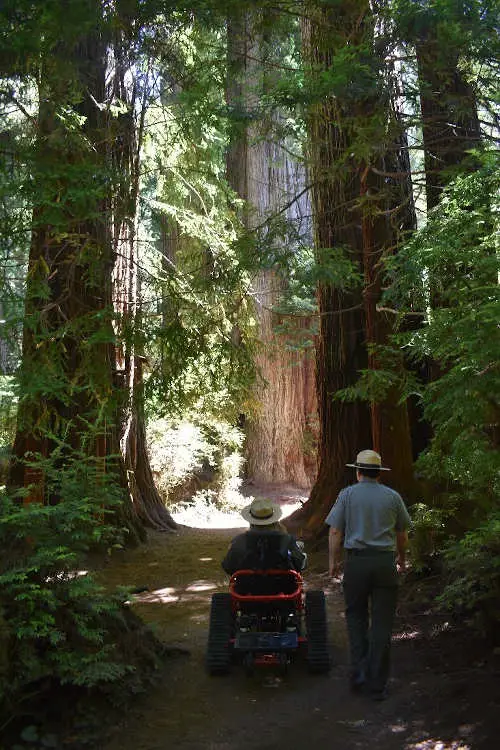

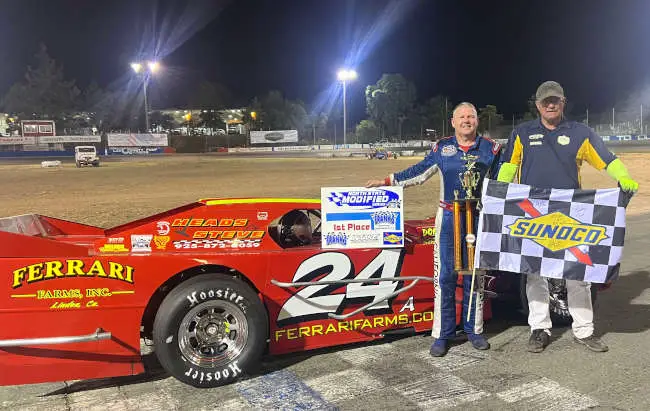
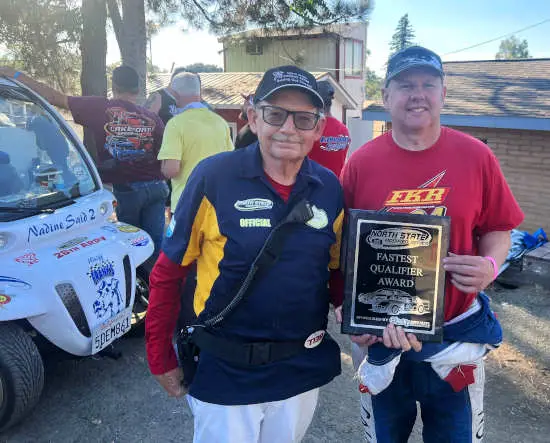
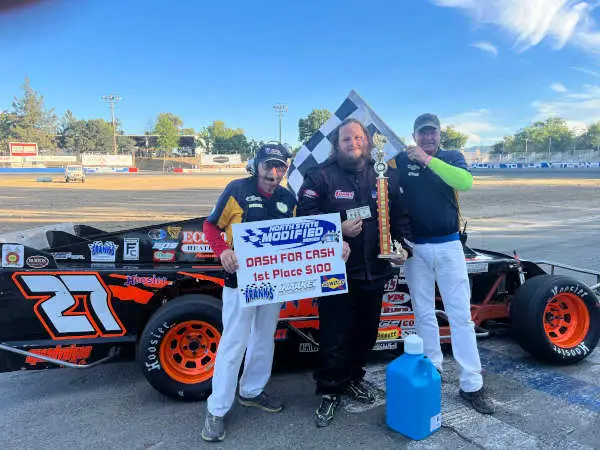
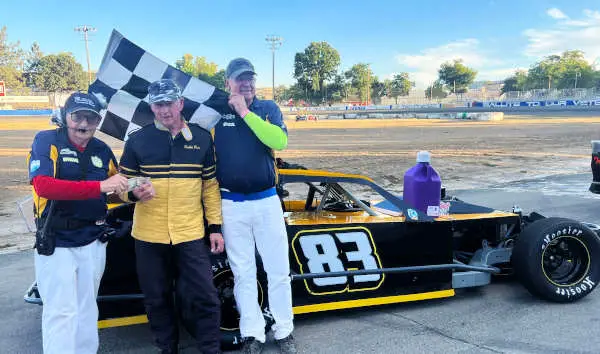

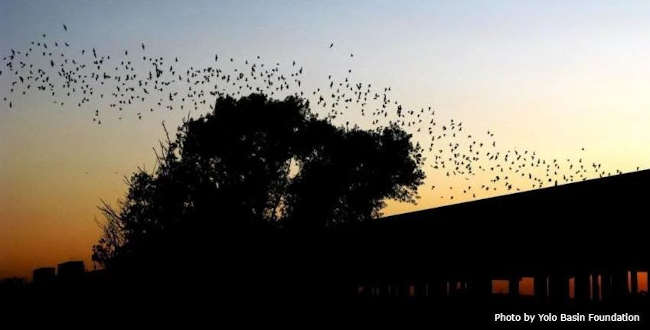
 How to resolve AdBlock issue?
How to resolve AdBlock issue? 




